Description
The instruction for medical use
of Stamlo® medicine
the Trade name
of Stamlo®
the International unlicensed
name Amlodipin Lekarstvennaya a form
of the Tablet of 5 mg and 10 mg
Structure
One tablet contains
active agent – an amlodipin besilat 6.934 mg, 13.869 mg (it is equivalent to an amlodipin of 5 mg, 10 mg),
excipients: cellulose microcrystalline (category 102), calcium hydrophosphate anhydrous, sodium of starch glikolit (type A), magnesium stearate, silicon dioxide colloidal anhydrous.
The description
of the Tablet of round shape, white or almost white color, with slanted edges, with marking 5 on one party and risky on other party
(for a dosage of 5 mg).
Tablets of round shape, white or almost white color, with slanted edges, with marking 10 on one party and risky on other party
(for a dosage of 10 mg)
the Pharmacotherapeutic
Blocker of Slow Calcium Channels group. Blocker of slow calcium channels selection. Digidropirinovy derivatives. Amlodipin
the ATX C08CA01 Code
the Pharmacological
Pharmacokinetics Later properties of oral administration amlodipin is well absorbed, meal does not influence absorption. The peak of concentration of drug in blood is reached in 6 – 12 hours after reception. The absolute bioavailability is 60 – 65%. The volume of distribution is about 21 l/kg. Linking with proteins of blood plasma – 97 – 98%. Gets through a blood-brain barrier (GEB). Elimination half-life (T1/2) makes about 35 – 50 hours of blood plasma that allows to appoint drug of 1 times a day. At constant reception the equilibrium concentration in blood plasma is reached in 7–8 days. Amlodipin biotransformirutsya in a liver with formation of inactive metabolites. It is excreted with urine (60% in the form of metabolites, 10% – in not changed look), with bile (20-25% in the form of metabolites) and with breast milk.
T1/2 at the broken function of a liver and at elderly patients is extended, at impaired renal function – does not change.
Stamlo’s pharmacodynamics renders anti-anginal, hypotensive, vasodilating, spasmolytic actions due to blockade of calcium channels. Stamlo active agent – amlodipin contacts dihydropyridinic receptors, blocks calcium channels, inhibits transmembrane transition of calcium ions in a cell (more – in smooth muscle cells of vessels). Renders the prolonged dose-dependent antihypertensive effect. Hypotensive action is caused by the direct weakening impact on unstriated muscles of vessels, lowering of the general peripheric resistance of vessels (GPRV), at this OPSS decreases without causing reflex tachycardia.
Stamlo reduces myocardium ischemia due to expansion of peripheral arterioles and lowering of OPSS for which overcoming the cardiac performance is spent. As heart rate does not change, reduction of load of heart leads to decrease in need of a myocardium for oxygen, expansion of the main coronary arteries and coronary arterioles in not changed and in ischemic zones of a myocardium increases intake of oxygen in a myocardium at patients with angiospastic stenocardia (Printsmetal’s stenocardia or alternative stenocardia) and prevents development of the coronary vasoconstriction caused by smoking. Against the background of Stamlo’s therapy the developing renal vazodilatation leads to moderate increase in level of glomerular filtration.
Indications
– arterial hypertension (monotherapy or in a combination with other hypotensive drugs)
– stenocardia stable and vasospastic (Printsmetala)
the Route of administration and doses
In arterial hypertension and stenocardia the average initial dose of Stamlo makes 5 mg of 1 times a day which can be increased to maximum – 10 mg of 1 times a day, depending on individual reaction of the patient. Selection of a dose is carried out within 7-14 days taking into account reaction of the patient.
At simultaneous use of thiazide diuretics, beta blockers or APF inhibitors of dose adjustment Stamlo it is not required.For the patient with a small weight, elderly, in an abnormal liver function, at co-administration with other remedies for a hypertension and stenocardia the initial dose of 2.5 mg is recommended once a day.
Side effects
– peripheral hypostases (anklebones and feet), heartbeat, excessive decrease in the ABP, disturbance of a heart rhythm (including bradycardia, ventricular tachycardia and atrial fibrillation), thorax pains
– migraine, development or aggravation of heart failure, orthostatic hypotension, a vasculitis, a myocardial infarction
– arthralgias, myalgias, arthrosis, a myasthenia
– myotonia, a dorsodynia
– feeling of heat and inflows to the person, increased fatigue, dizziness, a headache, drowsiness, an indisposition, a syncope, the increased sweating, cold sweat, a fever
– hypesthesias, paresthesias, perefirichesky neuropathy, a tremor, insomnia, lability of mood, unusual dreams, nervousness, a depression, alarm, spasms, apathy, agitation, an ataxy, amnesia
– dryness in a mouth, increase in appetite, a food faddism, thirst, nausea, vomiting, a constipation, a meteorism, dyspepsia, diarrhea, anorexia, a hyperplasia of gums, an abdominal cavity pain
– a hyperbilirubinemia, jaundice (usually cholestatic), increase in activity of hepatic transaminases
– gastritis, pancreatitis, hepatitis
– a Werlhof’s disease, nasal bleeding
– a leukopenia, thrombocytopenia
– a hyperglycemia
– short wind, rhinitis, cough
– the speeded-up urination, urodynia, a nocturia, a dysuria, a polyuria
– impotence
– a skin itching, rash, a Quincke’s disease
– a multiformny erythema, a small tortoiseshell
– an alopecia, ring in ears, the gynecomastia, increase/decrease in body weight
– disorders of vision, a diplopia, accommodation disturbance, a xerophthalmia, konjyuktivit, eye pain
– dermatitis, a parosmiya, a xerodermia, disturbance of xanthopathy
of the Contraindication
– hypersensitivity to an amlodipin and other derivatives of a digiropiridin and also to the excipients which are a part of drug
– heavy arterial hypotension
– an acute myocardial infarction
– cardiogenic shock
– the profound aortal stenosis
– pregnancy and the period of a lactation
– children’s and teenage age up to 18 years.
With care appoint to patients with a liver failure, HSN not of an ischemic etiology of the III-IV class, an aortal stenosis, within 1 month after the postponed sharp infrakt of a myocardium
the Medicinal interactions
of Stamlo safely applied together with thiazide diuretics, beta blockers, inhibitors of angiotensin-converting enzyme, is long the operating nitrates, the nitroglycerine applied sublingual, non-steroidal anti-inflammatory drugs, antibiotics and oral hypoglycemic drugs.
Researches showed that simultaneous use of an amlodipin and digoxin for healthy volunteers does not change digoxin level in blood serum and renal clearance of digoxin and that combined use of Cimetidinum does not change pharmacokinetics of an amlodipin.
Results of the researches in vitro with use of plasma of the person demonstrate to what amlodipin does not influence linking with proteins of the drugs subjected to testing (digoxin, Phenytoinum, warfarin and indometacin).
At healthy male volunteers the simultaneous use of an amlodipin significantly did not change effect of warfarin to a prothrombin time.
Special instructions
At emergence against the background of treatment of pains behind a breast, Stamlo it is necessary to cancel.
It is necessary to cancel drug gradually as at the sudden termination of reception (especially after long-term treatment) development of a withdrawal is possible.
At patients of advanced age the reduction of a cerebral blood-groove because of a sharp peripheral vazodilatation is more probable.
Special cautions and precautionary measures when using.
Use for patients from the liver broken by function.
Elimination half-life of an amlodipin, as well as all antagonists of calcium, at patients from the liver broken by function increases, however any recommendations about a dosage of drug is not developed yet. Therefore at such patients drug should be used with care.
Use in a renal failure.
Amlodipin is exposed to intensive metabolism with formation of inactive metabolites, at the same time 10% of drug are removed with urine in not changed look. Changes of concentration of an amlodipin in plasma do not correlate with degree of a renal failure. Amlodipin can be applied in usual doses to treatment of such patients. Amlodipin does not leave during dialysis.
Use for elderly people.
At elderly and more young people time necessary for achievement of the maximum concentration of an amlodipin in blood plasma almost identical. At people of advanced age the tendency to decrease in clearance of an amlodipin is noted that leads to increase in AUC (to the area of a zone under a curve concentration time) and elimination half-life. At the same doses amlodipin it is equally well transferred by both elderly, and young patients. Therefore are recommended to them the usual mode of reception.
Pregnancy and a lactation
Safety of use of an amlodipin for people during pregnancy and feeding by a breast is not established. When studying influence of drug on reproductive function at animals the signs of toxicity were not revealed, except for a delay of childbirth and increase in duration of pains at rats at reception of an amlodipin in the doses exceeding most recommended for the person by 50 times.
Influence on ability to driving of motor transport and to control of mechanisms
As at Stamlo’s use side effects from central nervous system can be noted, in an initiation of treatment it is necessary to avoid driving and other potentially dangerous types of activity demanding speed of psychomotor reactions. In the course of further treatment the extent of restrictions is defined depending on individual reaction of the patient to drug.
Overdose
Symptoms: hypotonia, tachycardia.
Treatment: gastric lavage, prescribing of activated carbon, giving to the patient of horizontal position with the raised legs, monitoring of indicators of cardiac performance and lungs, control of the volume of the circulating blood (VCB) and a diuresis, symptomatic and maintenance therapy, intravenous administration of liquids, a gluconate of calcium, a dopamine, phenylephine hydrochloride.
As amlodipin substantially contacts proteins of blood plasma, the hemodialysis is not effective.
The form of release and packing
On 10 tablets place in planimetric bezjyacheykovy packing from aluminum foil. On 2 planimetric bezjyacheykovy packs together with the instruction for medical use in the state and Russian languages place in a pack from cardboard.
On 5 packs place
Storage conditions in a box of cardboard
to Store in the dry, protected from light place at a temperature not above 25 °C. To store out of children’s reach!
3 years
not to apply a period of storage after an expiration date.
Prescription status
According to the prescription
Producer Dr. of Reddi’s Laboratoris Limited
Site No. 42, 45 and 46, Bachupali – 500,072, India
the Owner of the registration certificate
Dr. of Reddi’s Laboratoris Limited, India
the Address of the organization accepting in the territory of the Republic of Kazakhstan claims from consumers on quality of products
Representative office Dr. of Reddi’s Laboratoris Limited in the Republic of Kazakhstan:
050057 Almaty, 22nd Line St., 45, 8 (727) 3941699, 8 (727) 3941689, fax: 3941294 (110)
to Develop info@drreddys.kz
Additional information
| Ingredient |
|---|





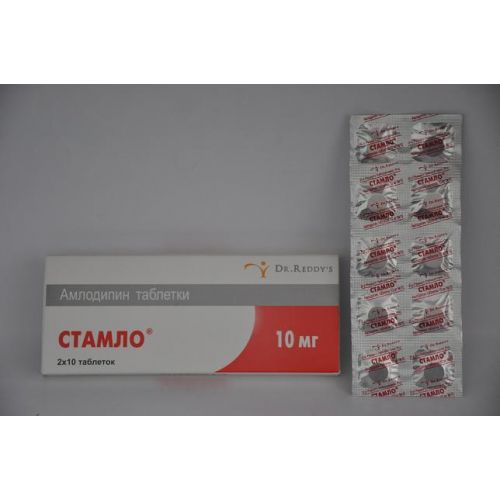
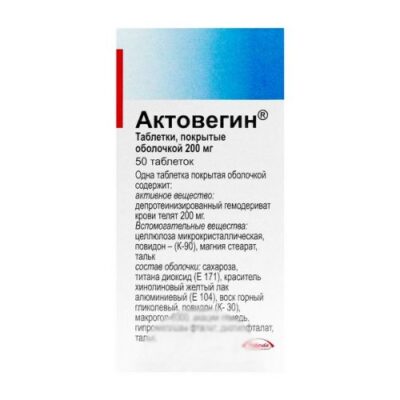
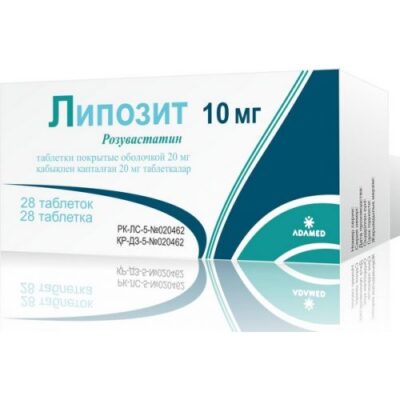
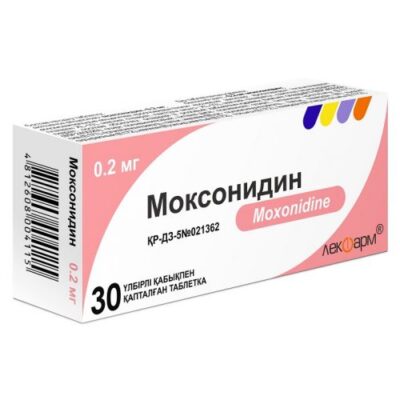
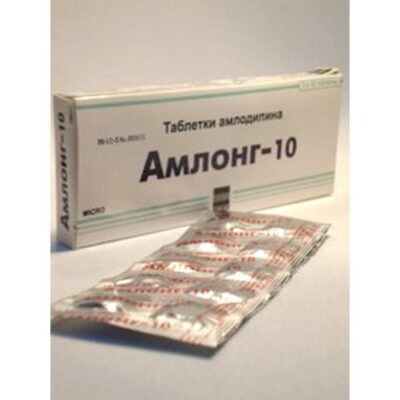
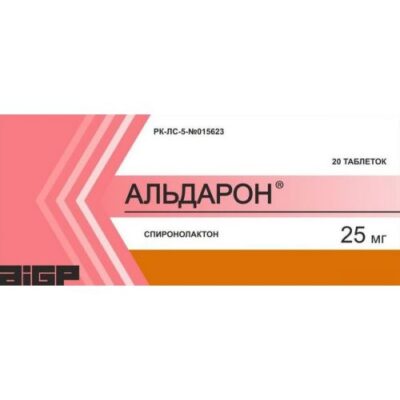
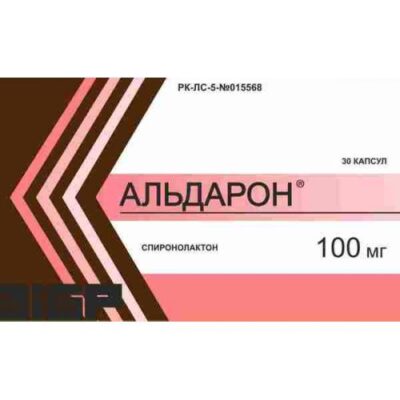
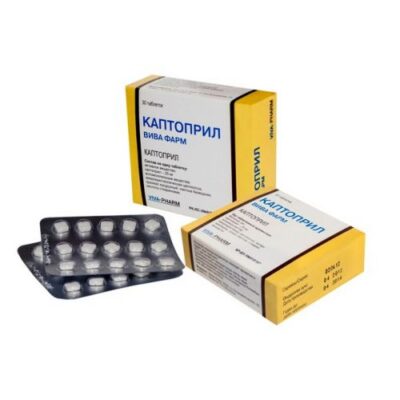
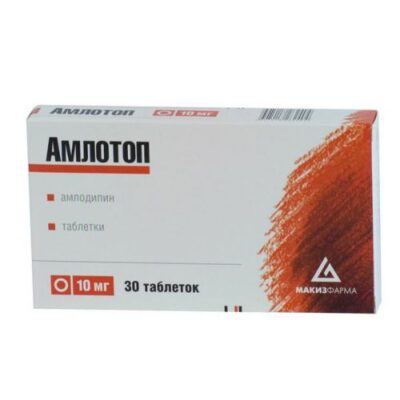
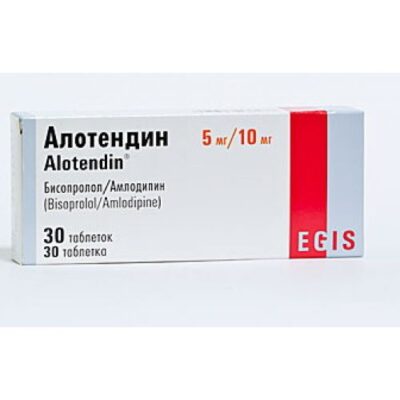
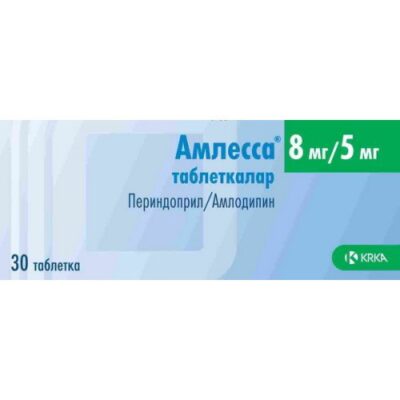






Reviews
There are no reviews yet.